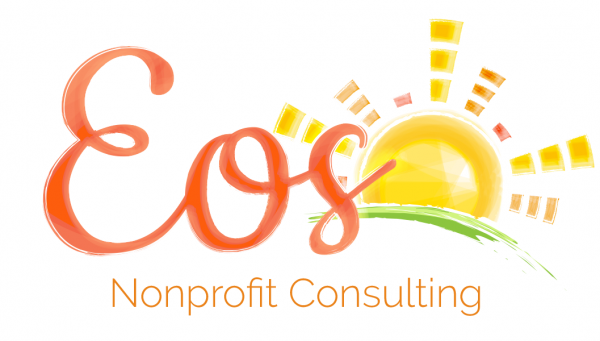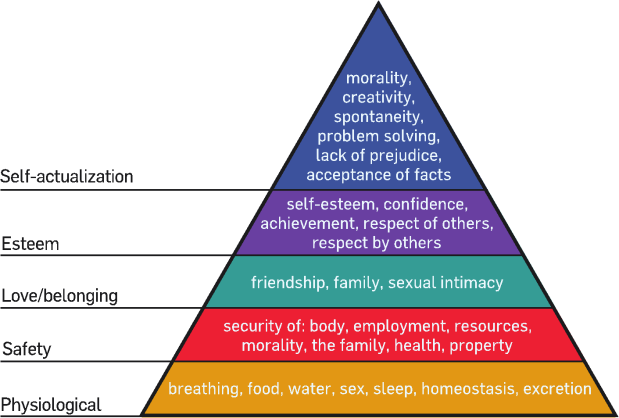How many times have you heard a co-worker use the phrase, “Oh, we’re like family around here. A big dysfunctional family, but family.”
I cringe when I hear people say that.
If I’m in a job interview and someone who works for that company uses that line, I would run out that door faster than you could blink. I don’t need dysfunction in my life, and I definitely don’t need it in my office. And yet, team dysfunction, for so many organizations, feels like a wicked problem – an intractable, unsolvable issue that you just have to learn to deal with.
As an aspiring or current manager of a nonprofit, you should definitely be familiar with Patrick Lencioni’s The Five Dysfunctions of a Team. First published in ’02, it’s been a best seller and source of management tools for more than a decade. Lencioni lists the five dysfunctions that keep a team from working together as:
- Absence of trust—unwilling to be vulnerable within the group
- Fear of conflict—seeking artificial harmony over constructive passionate debate
- Lack of commitment—feigning buy-in for group decisions creates ambiguity throughout the organization
- Avoidance of accountability—ducking the responsibility to call peers on counterproductive behavior which sets low standards
- Inattention to results—focusing on personal success, status and ego before team success
Have you been a part of a team where these dysfunctions existed? When I was younger, I definitely tried to keep conflict out of a team environment, but the older I get, the more I see it as a necessary tool. I recently talked about the importance of conflict to a team’s creative process, and you’ll see here that Lencioni agrees. He specifically mentions fear of conflict, not conflict itself, as a dysfunction of a team.
If you’re witnessing any of these dysfunctions in your organization, I recommend taking action immediately. Don’t underestimate the value of team building. Make sure your team knows that you recognize the dysfunctions are there and are committed to making them disappear. Get started by watching this awesome TED Talk about The Marshmallow Test!


